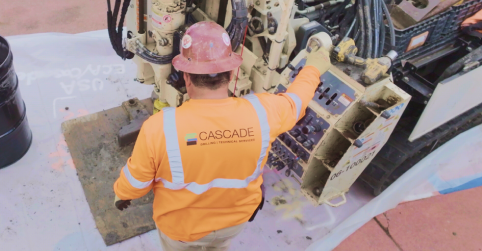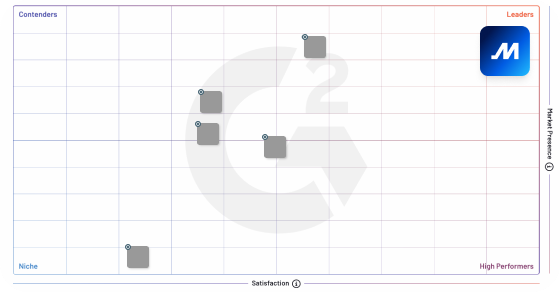
TMW Integration by XDS
Description
• Data flow is not interrupted by TMW errors.
• Custom multiple workflows and data mappings
• Configurable auto dispatch, auto-start, stop actualizations, and load close criteria.
• Supports changes to loads throughout the life cycle of the load.
• Automatic creation and synchronization of geofences, drivers, tractors, and trailers
Key Benefits
- Operational resilience during system exceptions: Data continues moving even when TMW throws conflicts, minimizing downtime and manual recovery effort.
- Faster dispatch-to-driver execution: Business‑rule automation accelerates getting the right loads to the right drivers and advancing stops without extra clicks.
- End‑to‑end visibility and auditability: Clear confirmation of driver load transmission, comprehensive write‑backs to Notes, and cloud monitoring provide traceability for operations and compliance.
- Clean asset and location data at scale: Automatic creation and alignment of geofences, drivers, tractors, trailers (including CMP ID synchronization) reduces duplicate entry and errors.
- Workflows tailored to each business line: Highly configurable orchestration and data mappings support diverse commodity types, shippers, and revenue models without limiting forms or data capture.
- Continuous load lifecycle updates: Order/leg statuses, check calls, trailer assignments, and reference values stay in sync from start to close, reducing rework and miscommunication.
- Upgrade agility without legacy dependencies: No minimum versions and no reliance on TotalMail/System Link reduce fragility and simplify maintenance planning.
- Stronger compliance and planning: Real‑time availability monitoring for HOS and optional route optimization feedback into TMW helps dispatchers make informed, safe assignments.
- Richer communications and documentation: Two‑way messaging and auto‑indexed document/image handling streamline downstream billing and record‑keeping.
- Programmatic operational efficiencies: Automated track‑and‑trace, scripted insertion of loads/empty moves, and compression of sequential same‑location stops simplify driver workflows and reduce manual steps.





